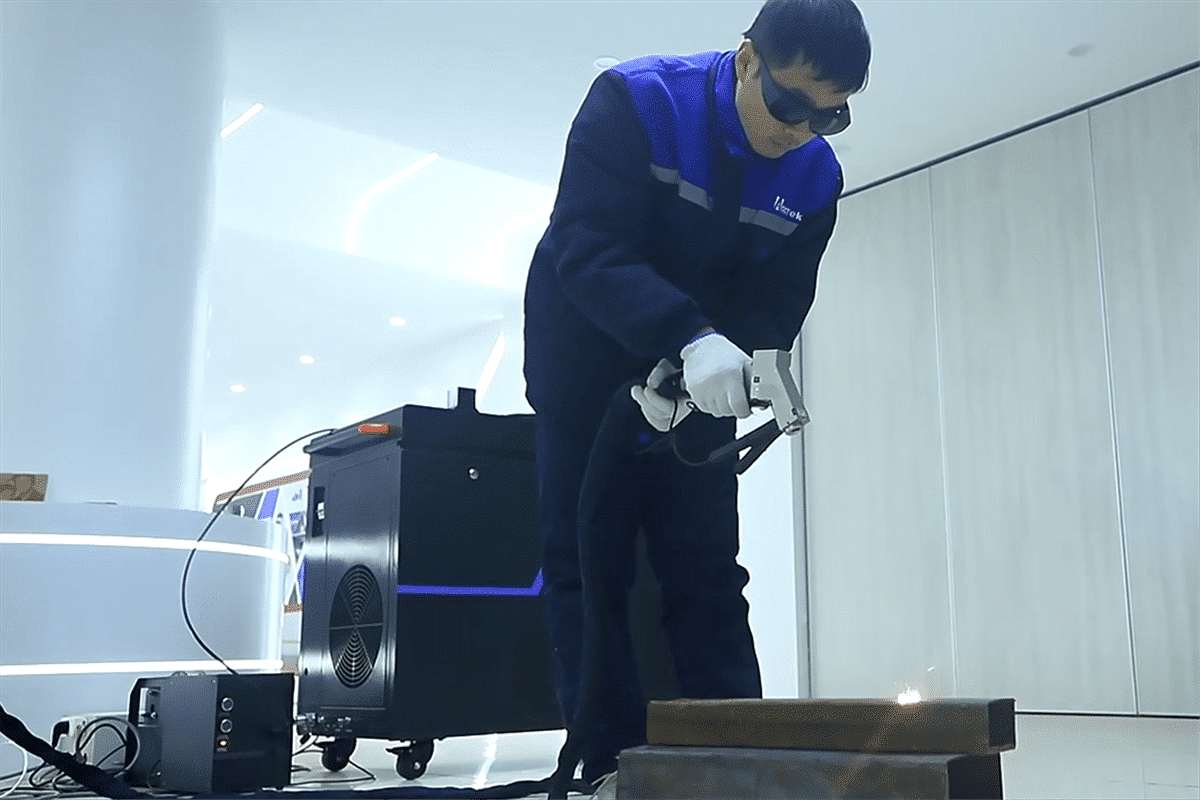In the quest for sustainable energy solutions, hydrogen has emerged as a promising candidate due to its abundance and clean-burning properties. As the world pivots towards renewable energy, the need for efficient methods of hydrogen production becomes increasingly paramount. Proton Exchange Membrane (PEM) electrolyzers have garnered attention as a cutting-edge technology offering a pathway to green hydrogen production. Let’s delve into the workings of PEM electrolyzers and their role in shaping the future of energy.
Understanding PEM Electrolyzers
PEM electrolyzers are devices that utilize an electrochemical process to split water into hydrogen and oxygen gases. The heart of these systems lies in the Proton Exchange Membrane, a solid polymer electrolyte typically made of materials like perfluorosulfonic acid. This membrane selectively conducts protons while blocking the passage of electrons, facilitating the separation of hydrogen and oxygen.
The Electrolysis Process
The operation of PEM electrolyzers Key Components of PEM Electrolyzers the application of an electric current to water, initiating the electrolysis reaction. At the anode, water molecules (H2O) lose electrons, forming oxygen gas (O2) and positively charged hydrogen ions (protons, H+). The protons migrate through the membrane towards the cathode, while the electrons travel through an external circuit, generating an electric current. At the cathode, the protons combine with electrons, forming hydrogen gas (H2).
Advantages of PEM Electrolyzers
One of the key advantages of PEM electrolyzers is their ability to operate at low temperatures and pressures, enhancing their safety and efficiency. Traditional alkaline electrolyzers typically require elevated temperatures and concentrated alkaline solutions, making them less suitable for certain applications. In contrast, PEM electrolyzers can operate at ambient temperatures and pressures, allowing for greater flexibility and integration with renewable energy sources such as solar and wind.
Moreover, PEM electrolyzers offer rapid response times, enabling dynamic control and grid stabilization. This responsiveness makes them well-suited for applications requiring variable output, such as balancing fluctuations in renewable energy generation.
Applications and Market Potential
The versatility of PEM electrolyzers lends itself to a wide range of applications across various sectors. One prominent application is the production of hydrogen for fuel cell vehicles, offering a clean alternative to traditional fossil fuels. Additionally, PEM electrolyzers can facilitate the storage of excess renewable energy by converting it into hydrogen, which can be later used for power generation or industrial processes.
The market for PEM electrolyzers is experiencing rapid growth, driven by increasing investments in renewable energy infrastructure and decarbonization initiatives. According to recent reports, the global PEM electrolyzer market is projected to witness substantial expansion in the coming years, fueled by advancements in technology and supportive government policies.
Challenges and Future Outlook
Despite their promise, PEM electrolyzers face certain challenges that need to be addressed to realize their full potential. One significant hurdle is the high cost associated with key components such as catalysts and membranes. Continued research and development efforts aimed at reducing costs and improving efficiency are crucial for widespread adoption.
Furthermore, scalability remains a concern, particularly for large-scale industrial applications. Overcoming engineering challenges and optimizing system design will be essential for scaling up PEM electrolysis technology to meet growing demand.
Looking ahead, PEM electrolyzers are poised to play a pivotal role in the transition towards a sustainable energy future. With ongoing advancements in technology and increasing global momentum towards decarbonization, PEM electrolyzers offer a pathway to unlocking the full potential of hydrogen as a clean and versatile energy carrier.
Conclusion
Innovative energy solutions such as PEM electrolyzers represent a significant step forward in the journey towards a greener and more sustainable future. By harnessing the power of electrochemistry, these cutting-edge devices offer a means to produce clean hydrogen at scale, facilitating the transition away from fossil fuels towards renewable energy sources. As research and development efforts continue to drive advancements in PEM electrolysis technology, the prospect of a hydrogen-powered economy becomes increasingly within reach.
Top of Form




